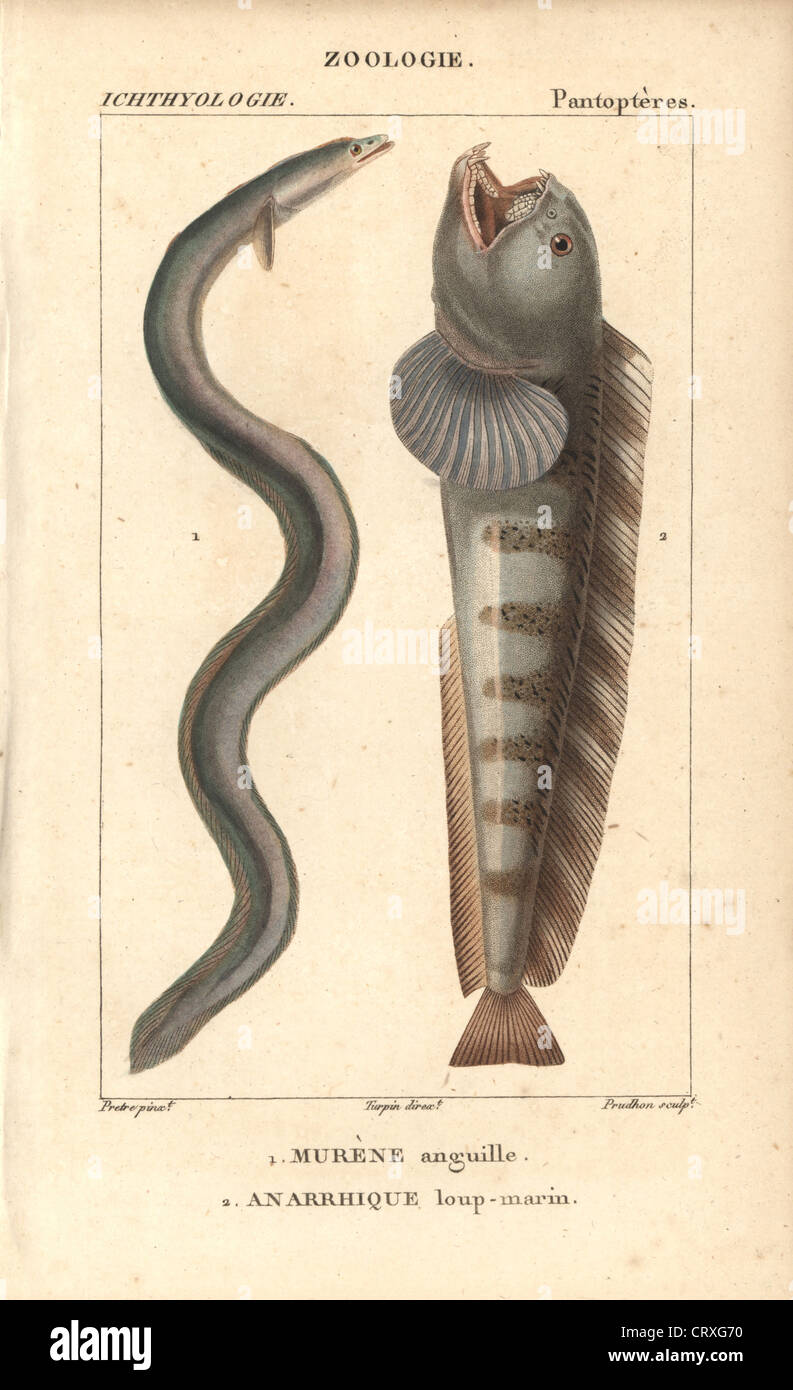

Other than their sharp teeth, you can recognize them by their long, eel-like bodies. They use these chompers to dig into the sediment for food and to break apart the hard shells of clams, urchins, crabs and more. Their teeth are so prominent that some poke out their mouths (picture a vampire in need of braces). Wolffish have one main thing in common with wolves: they have sharp teeth and strong jaws that help them rip apart their prey. They like to hide out in nooks and crannies of rocky outcrops on the ocean floor.

Wolffish are found in the northern Atlantic and Pacific oceans at depths up to 2,000 feet. That is partially because they live in cold, deep waters that slow their metabolism down and make it harder to make fast movements. The family name comes from the Greek word anarrhichesis, which means “to climb,” but these animals are typically pretty sluggish. The scientific name for the Atlantic wolffish contains lupus, which is the Latin word for “wolf.” The largest species is the wolf-eel, which can grow to more than seven feet long. The name “wolffish” can refer to any one of five species in the family Anarhichadidae, which includes the wolf-eel and the Atlantic, spotted, Bering and northern wolffish.

Today we’re taking a deeper look at these one-of-a-kind fish. They might not be as classically captivating as their terrestrial namesakes, but they are still very cool critters. Think less Call of the Wild and more Nightmare Before Christmas. Are you picturing fierce, powerful, majestic animals that lope gracefully through the landscape?


 0 kommentar(er)
0 kommentar(er)
